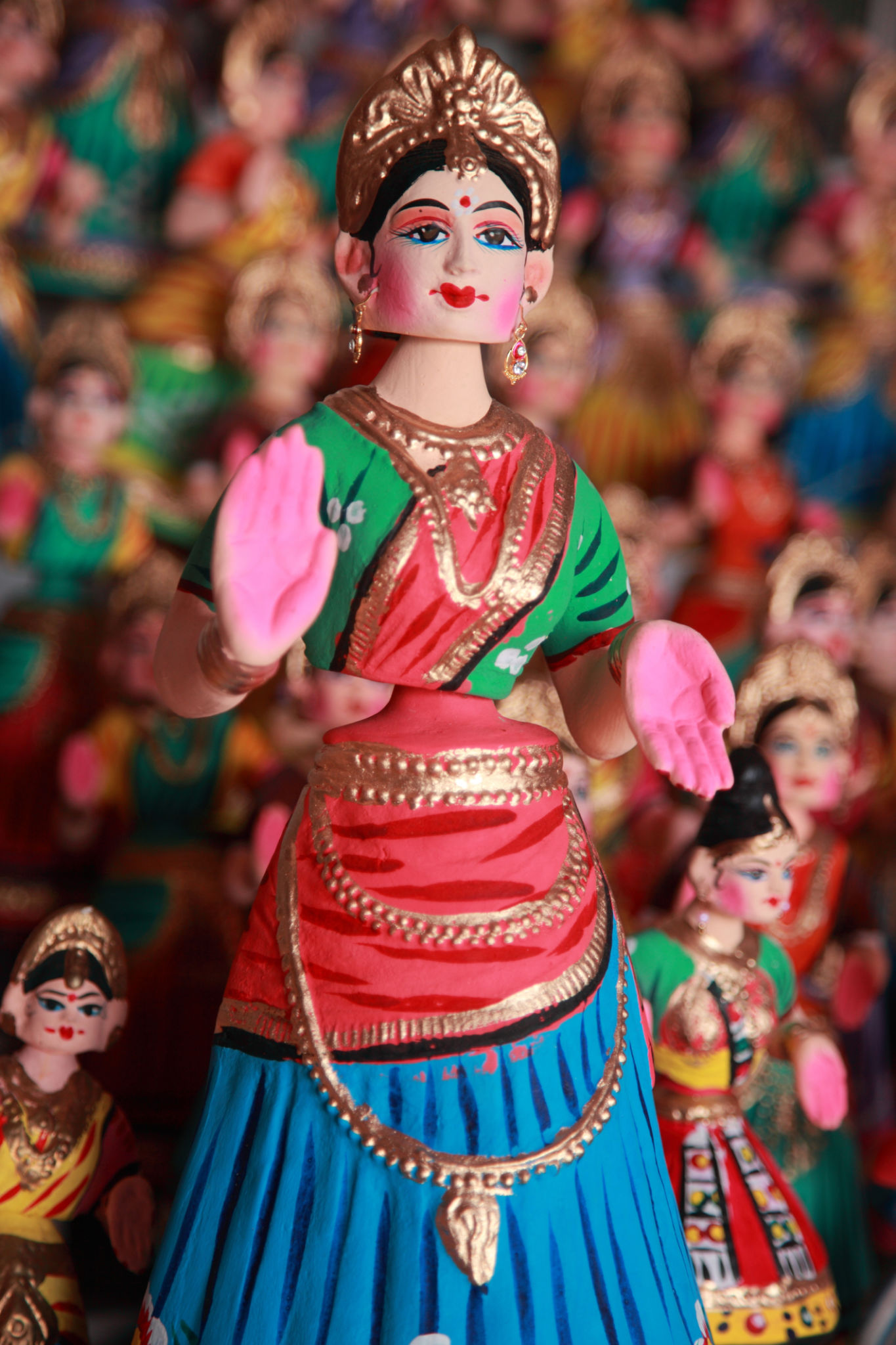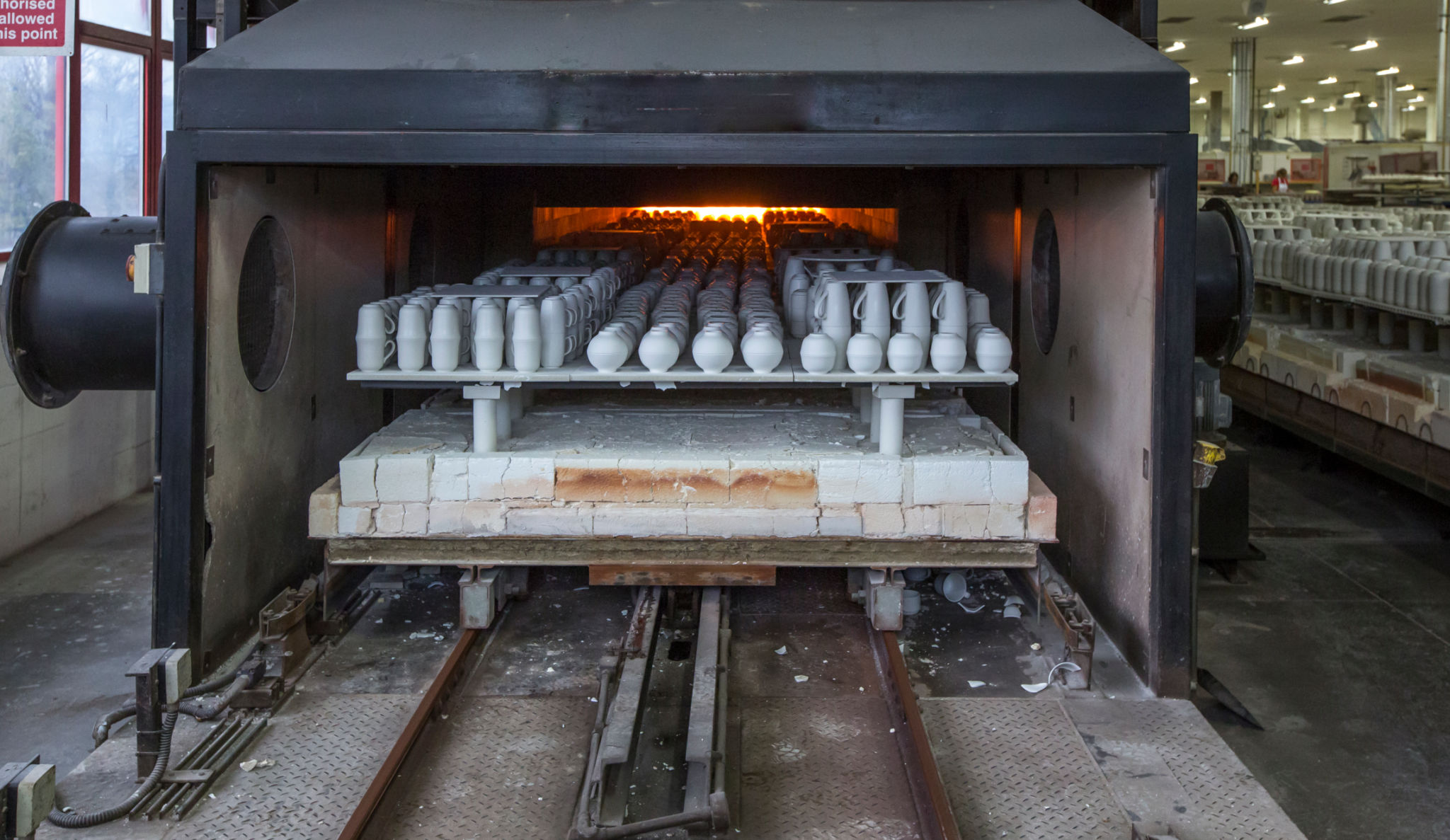Exploring Thanjavur's Rich Pottery Heritage
A Glimpse into Thanjavur's Pottery Heritage
Nestled in the heart of Tamil Nadu, Thanjavur is a city renowned for its vibrant culture, historical significance, and exquisite art forms. Among its many artistic contributions, Thanjavur's pottery stands out as a testament to the region's rich heritage and skilled craftsmanship. This age-old craft continues to thrive today, offering a fascinating glimpse into the cultural tapestry of southern India.
Thanjavur pottery is characterized by its unique blend of traditional techniques and intricate designs. The artisans in this region have mastered the art of creating stunning pieces that are both functional and decorative. From earthenware pots to elaborately painted figurines, each piece tells a story of patience, precision, and passion. The process begins with the selection of clay, which is carefully chosen for its texture and quality.

The Crafting Process
The journey from raw clay to a finished pottery piece is a meticulous process that requires skill and dedication. Artisans start by kneading the clay to the right consistency, ensuring it is free of impurities. Once the clay is prepared, it is shaped on a potter's wheel or molded by hand into various forms. The shaping process involves a deep understanding of the material and an eye for detail.
After shaping, the pottery pieces are left to dry naturally before undergoing the crucial step of firing. Traditional kilns, often fueled by wood, are used to bake the pottery at high temperatures. This firing process not only hardens the clay but also imparts a distinct color and texture to each piece, giving Thanjavur pottery its characteristic look.

Designs and Patterns
One of the most captivating aspects of Thanjavur pottery is its intricate designs and patterns. Artisans employ various techniques to decorate their creations, including hand painting and etching. These designs often draw inspiration from local flora, fauna, and mythological themes, reflecting the cultural richness of the region.
Bright colors like red, yellow, blue, and green are commonly used to adorn the pottery, creating vibrant and eye-catching pieces. Additionally, many artisans incorporate traditional motifs such as peacocks, elephants, and geometric patterns, which are symbolic in Indian art.

A Living Tradition
Despite modernization and the advent of mass-produced goods, Thanjavur's pottery tradition remains a thriving cottage industry. Local artisans continue to pass down their knowledge and skills from one generation to the next, ensuring that this art form remains alive. Pottery workshops and small-scale studios are scattered throughout the region, where visitors can witness artisans at work and perhaps even try their hand at crafting their own piece.
The local government and cultural organizations have also played a significant role in preserving this heritage by organizing exhibitions and workshops that celebrate Thanjavur pottery. These initiatives not only provide artisans with opportunities to showcase their work but also help to educate the public about the cultural significance of this craft.
Conclusion
Exploring Thanjavur's rich pottery heritage offers a unique insight into the region's artistic legacy. The dedication of its artisans to preserving traditional techniques while embracing new influences ensures that this craft will continue to captivate art lovers for generations to come. Whether you're an avid collector or simply an admirer of beautiful objects, Thanjavur pottery is sure to leave a lasting impression.